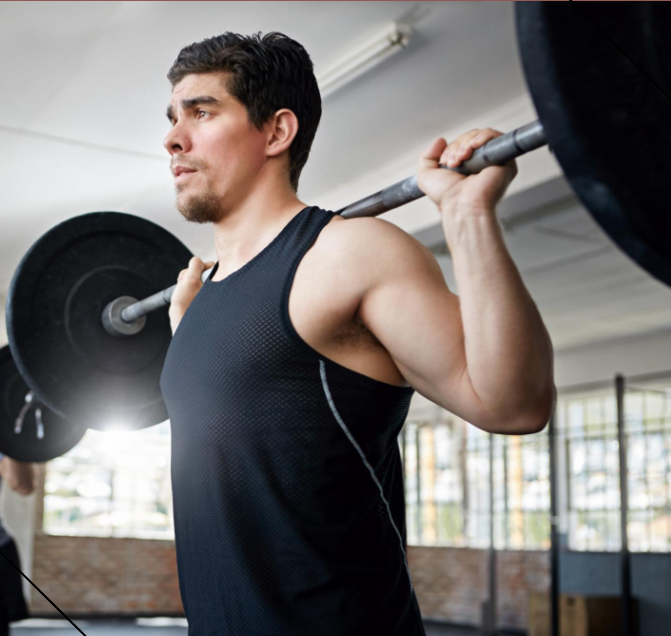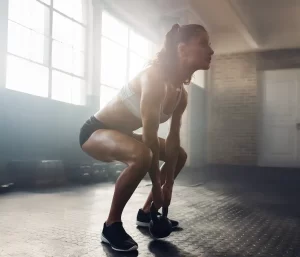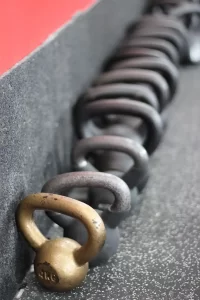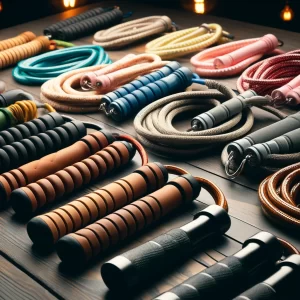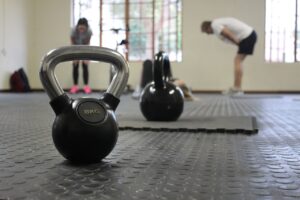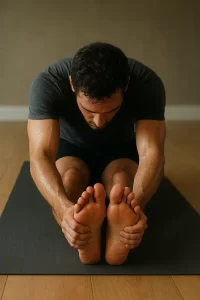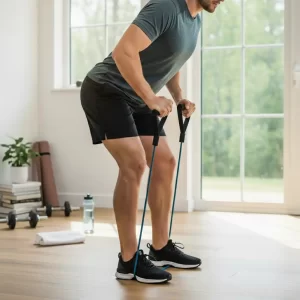START
CROSSFIT
CrossFit is a high-intensity fitness program that combines functional movements, strength training, and cardiovascular conditioning to build both physical prowess and mental resilience.
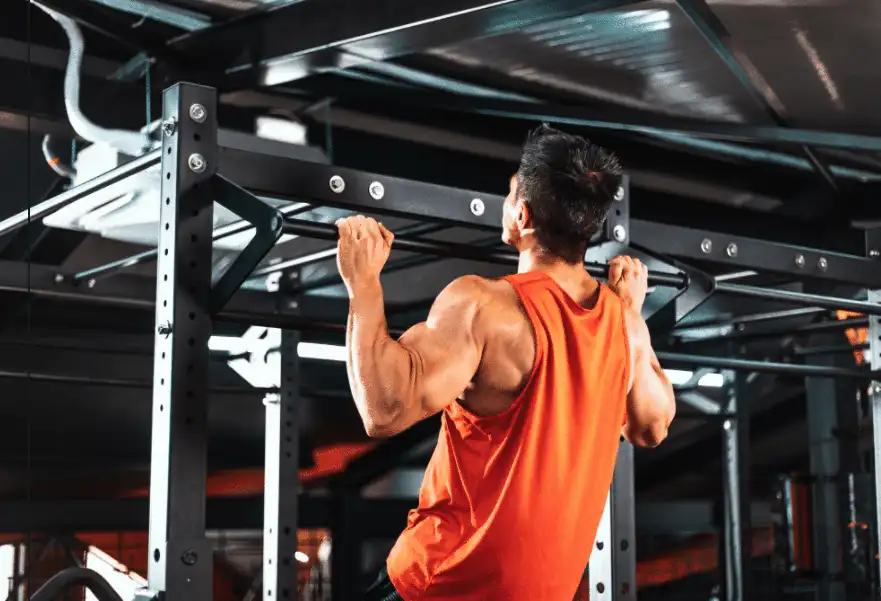
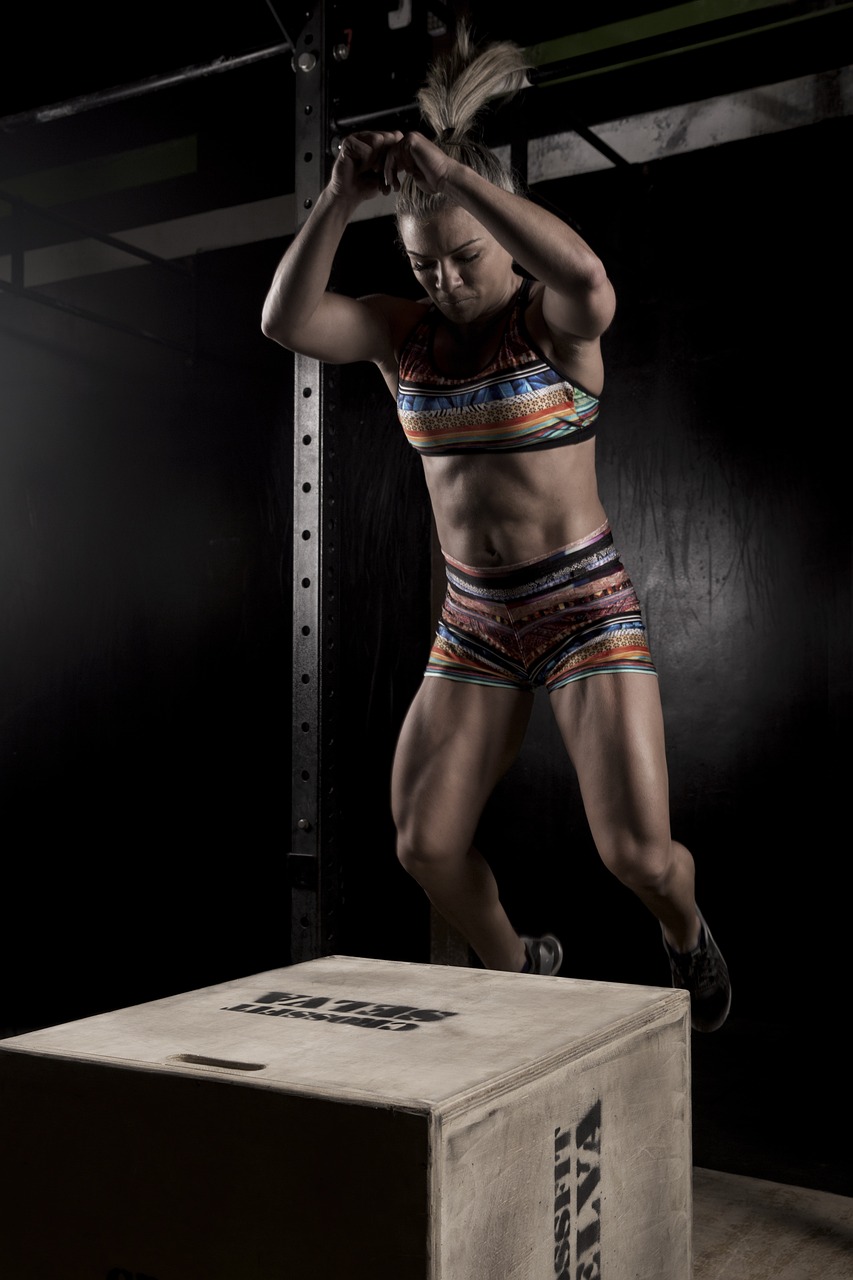
TIPS TO START
CrossFit is a high-intensity fitness program that combines elements of weightlifting, gymnastics, and cardio. It is a popular choice for people of all fitness levels, but it can be especially challenging for beginners.
- Find a reputable CrossFit gym: CrossFit gyms are not all created equal. Some gyms are more focused on competition, while others are more focused on general fitness. It is important to find a gym that is a good fit for your fitness goals and experience level. Ask for a trial workout to get the sense of it.
- Attend an introductory class: Most CrossFit gyms offer introductory classes for beginners. This is a great way to learn the basics of CrossFit and to see if it is a good fit for you.
- Start with the basics: CrossFit workouts often involve complex movements that can be dangerous if not performed correctly. It is important to learn the basics of each movement from a qualified CrossFit coach.
- Do not compare yourself to others. Although your first lessons will be with beginners, you may take a peak on social media of more advanced individuals. Don’t get discouraged, if you are not even close to what others are doing. There is a process to make your body stronger gradually. It needs time and patience.
- Set Realistic Goals: Define your fitness goals. Do you want to improve strength, endurance, or overall fitness? Having clear objectives will help you stay motivated and track your progress.
- Scale Workouts Appropriately: CrossFit workouts are scalable, meaning they can be adjusted to your fitness level. Don’t hesitate to ask your coach for modified exercises if needed.
- Consistency is Key: To see real results in CrossFit, consistency is crucial. Aim to attend classes regularly and make CrossFit a part of your lifestyle.
- Have Fun!: CrossFit is not just about the results; it’s also about enjoying the process. Celebrate your achievements, no matter how small, and have fun pushing your limits.
Remember that CrossFit is adaptable and suitable for people of all fitness levels. The initial challenges you face as a beginner will ultimately make your journey more rewarding. Stay committed, stay safe, and enjoy the incredible benefits that CrossFit can bring to your life!
BASIC EQUIPMENT
- CrossFit Shoes: CrossFit-specific shoes offer stability, support, and grip for various movements, including weightlifting, running, and jumping.
- Comfortable Athletic Clothing: Wear moisture-wicking, breathable clothing that allows for a full range of motion. Consider compression clothing for added support.
- Hand Protection: Gymnastics grips or hand-guards can protect your hands during high-repetition bar exercises like pull-ups and toes-to-bar.
- Weightlifting Belt: A weightlifting belt can provide additional support to your lower back during heavy lifting movements like squats and deadlifts.
- Knee Sleeves: Knee sleeves can help provide support and warmth to your knees, which can be beneficial during squatting movements.
- Wrist Wraps: Wrist wraps offer wrist stability during exercises like overhead presses and front squats.
- Resistance Bands: Resistance bands can be used for mobility exercises, stretching, and assisting with pull-up progressions.
- Gym Bag: A gym bag can help you keep your gear organized and easily accessible.
- Water Bottle: Staying hydrated is crucial, so carry a reusable water bottle to drink throughout your workout.
- Yoga mat: A yoga mat is helpful for floor exercises, such as stretching and core exercises.
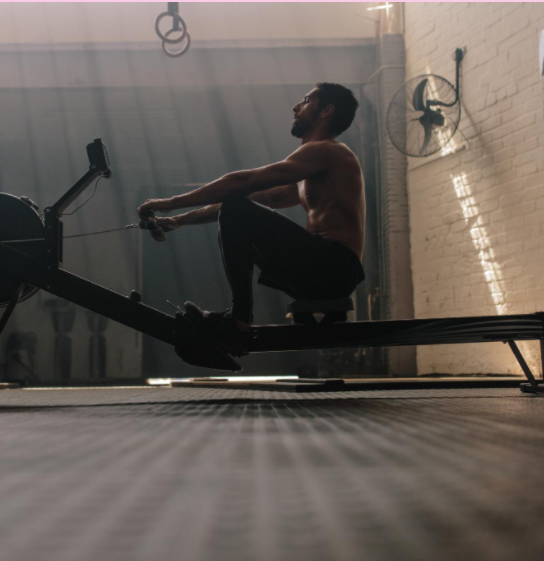
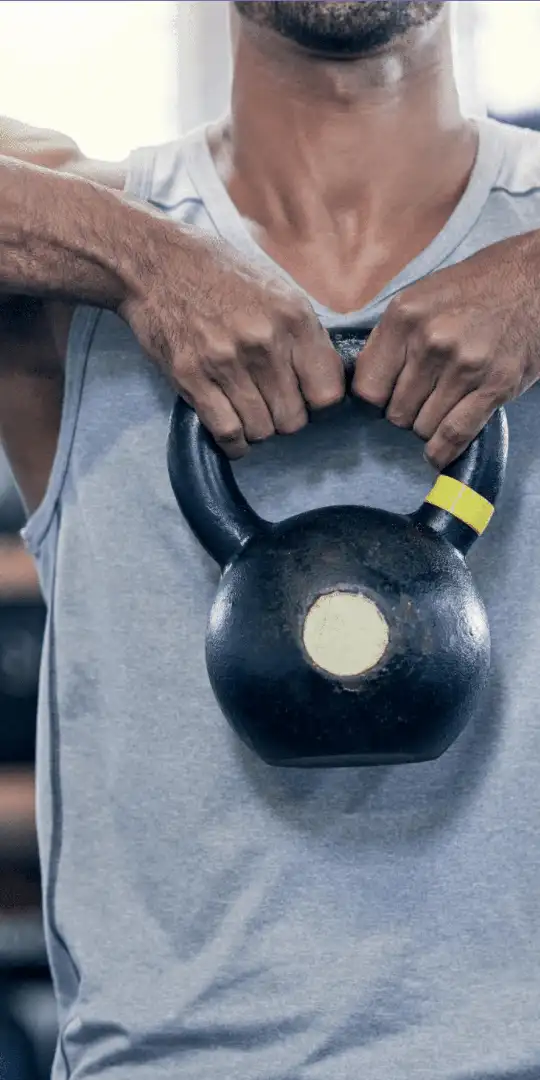
MAIN MUSCLES
- Glutes: The glutes are the largest muscle group in the body, and they are essential for many CrossFit exercises, such as squats, deadlifts, and cleans.
- Hamstrings: The hamstrings are another large muscle group that is essential for many CrossFit exercises, such as squats, deadlifts, and swings.
- Quadriceps: The quadriceps are the muscles on the front of the thighs. They are essential for many CrossFit exercises, such as squats, lunges, and jumps.
- Core muscles: The core muscles include the abdominals, obliques, and back muscles. They are essential for stability and balance during CrossFit workouts.
- Shoulder muscles: The shoulder muscles are essential for many CrossFit exercises, such as overhead presses, pull-ups, and snatches.
- Triceps: The triceps are the muscles on the back of the upper arms. They are essential for many CrossFit exercises, such as overhead presses, push-ups, and dips.
In addition to the major muscle groups listed above, CrossFit workouts also engage the smaller muscle groups in the body, such as the biceps, forearms, and calves.
COMMON INJURIES
CrossFit is known for its high-intensity and varied workouts, which can increase the risk of certain injuries if proper precautions are not taken. Here are some of the most common injuries in CrossFit, why they occur, and how to prevent them:
- Lower back pain: Lower back pain is one of the most common injuries in CrossFit. This is because CrossFit workouts often involve heavy lifting and complex movements that can put a strain on the lower back.
- Shoulder pain: Overhead movements and kipping pull-ups can contribute to shoulder impingement.
- Knee pain: Knee pain is also a common injury in CrossFit. This is because CrossFit workouts often involve jumping, running, and other activities that can put a strain on the knees.
- Hand and wrist pain: CrossFit workouts often involve grip-intensive exercises, such as pull-ups and kettlebell swings, which can lead to wrist and hand strains.
- Achilles Tendonitis: High-impact movements like box jumps and rope climbs can stress the Achilles tendon.
To avoid these injuries in CrossFit, it’s essential to prioritize safety, proper technique, and gradual progression.
